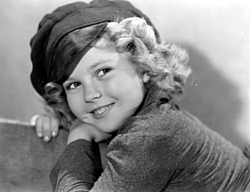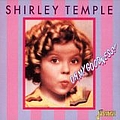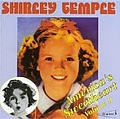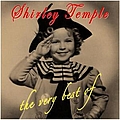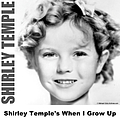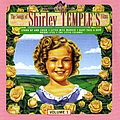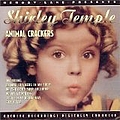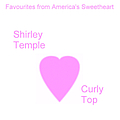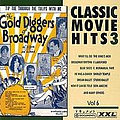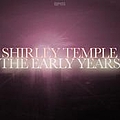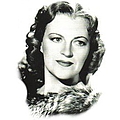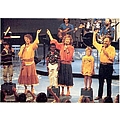Биография Shirley Temple
Temple began dance classes at Meglin's Dance School in Hollywood in 1931, at the age of 3. Her film career began when a casting director from Educational Pictures visited her class. Although Temple hid behind the piano in the studio, she was chosen by the director, invited to audition, and, eventually, signed to a contract with Educational. Temple worked at Educational from 1932 to 1933, and appeared in two series of short subjects for the studio. Her first series, Baby Burlesks, satirized recent motion pictures and politics. In the series "Baby Burlesks", Shirley would dress up in a diaper, but then be wearing adult clothes everywhere else. The series was considered controversial by some viewers because of its depiction of young children in adult situations. Her second series at Educational, Frolics of Youth, was a bit more acceptable, and cast her as a bratty younger sister in a contemporary suburban family. While working for Educational Pictures, Temple also performed many walk-on and bit player roles in various films at other studios. She is said to have auditioned for a lead role in Hal Roach's Our Gang comedies (later known as The Little Rascals) in the early 1930s; various reasons are given for her not having been cast in the role. Roach stated that Temple and her mother were unable to make it through the red tape of the audition process, while Our Gang producer/director Robert F. McGowan recalls that the studio wanted to cast Temple, but they refused to give in to Temple's mother's demands that Temple receive special star billing. Temple, in her autobiography Child Star, denies that she ever auditioned for Our Gang at all.[1] However, Temple had some connection with Our Gang in that Temple's carpool friend, David Holt, had a small role in the 1933 Little Rascals film Forgotten Babies. Temple was finally signed to Fox Film Corporation (which later merged with 20th Century Pictures to become 20th Century Fox) in late 1933 after appearing in Stand Up and Cheer! with James Dunn. Later, she was paired with Dunn in several films. Publicity photograph c. early 1940sTemple would stay with Fox until 1940, becoming the studio's most lucrative player. Her contract was amended several times between 1933 and 1935, and she was loaned to Paramount for a pair of successful films in 1934. For four solid years, she ranked as the top-grossing box office star in America. Shirley's birth certificate was altered to hold on to her babyhood; her birth year was advanced from 1928 to 1929. She was not told her real age until her twelfth (actually thirteenth) birthday. [2] Her popularity earned her both public adulation and the approval of her peers. Even at the age of five, the hallmark of her acting work was her professionalism: she always had her lines memorized and dance steps prepared when shooting began. Temple also made pictures with Carole Lombard, Gary Cooper, Adolphe Menjou, and many others. Arthur Treacher appeared as a kindly butler in several of Temple's films. Temple's ability as a dancer (especially a tap dancer) is well known and celebrated. Even in her earliest films she danced, and she was able to handle complex tap choreography by the age of five. She was teamed with famed dancer Bill "Bojangles" Robinson in The Little Colonel, The Littlest Rebel, Rebecca of Sunnybrook Farm and Just Around the Corner. Robinson also coached and developed her choreography for many of her other films. Because Robinson was African-American, and the South was replete with racism, his scenes holding hands with Temple had to be edited out in many cities in the South. Aside from the films, there were many Shirley Temple product during the 1930s. Ideal's numerous Temple dolls, dressed in costumes from the movies, were top sellers. Original Shirley Temple dolls bring in hundreds of dollars on the secondary market today. Other successful Temple items included a line of girls' dresses and hairbows. Several of Temple's film songs, including "On the Good Ship Lollipop"(from 1934's Bright Eyes), "Animal Crackers in My Soup" (from 1935's Curly Top) and "Goodnight My Love" (from 1936's Stowaway) were popular radio hits. She frequently lent her likeness and talent to promoting various social causes, including the Red Cross. Temple was the first recipient of the special Juvenile Performer Academy Award in 1935 for recognition of her outstanding contribution to screen entertainment in 1934. Seventy years later, Temple is still the youngest performer ever to receive this honor, or any Oscar. She is also the youngest actress to add foot and hand prints to the forecourt at Grauman's Chinese Theatre.
Тексты популярных песен Shirley Temple
Оставить комментарий
Что вы думаете об исполнителе Shirley Temple? Напишите ваш комментарий.
